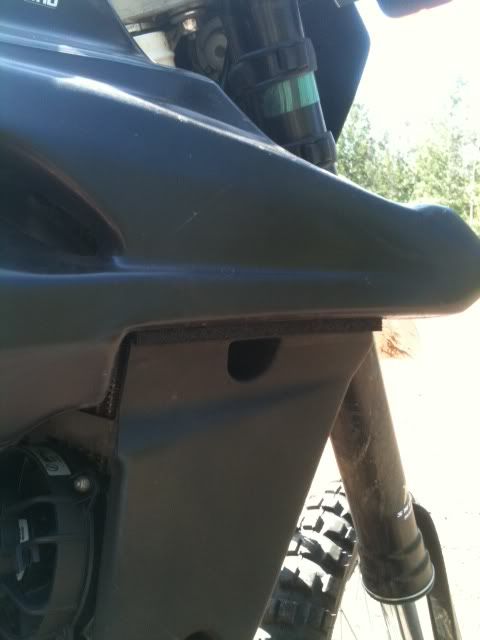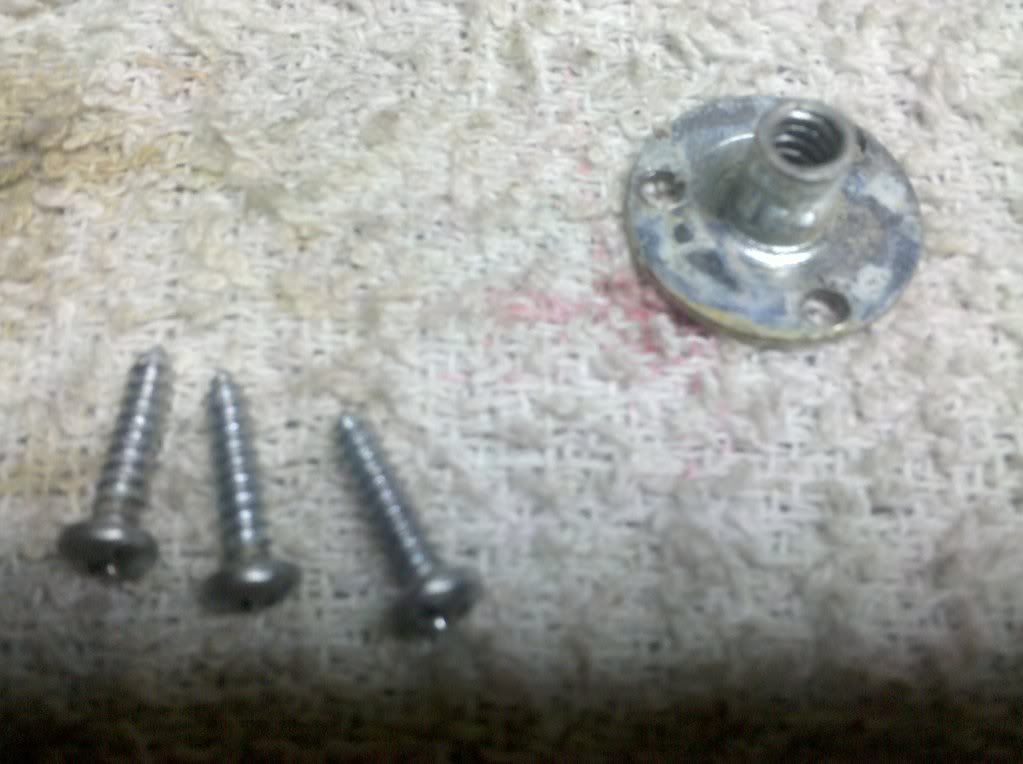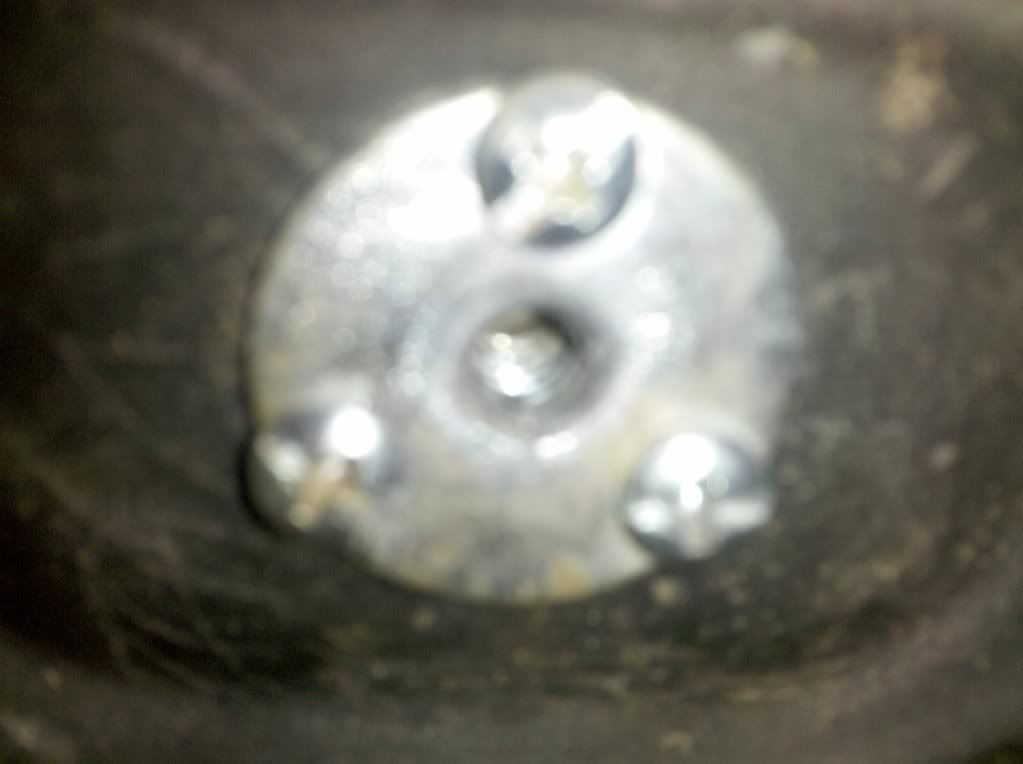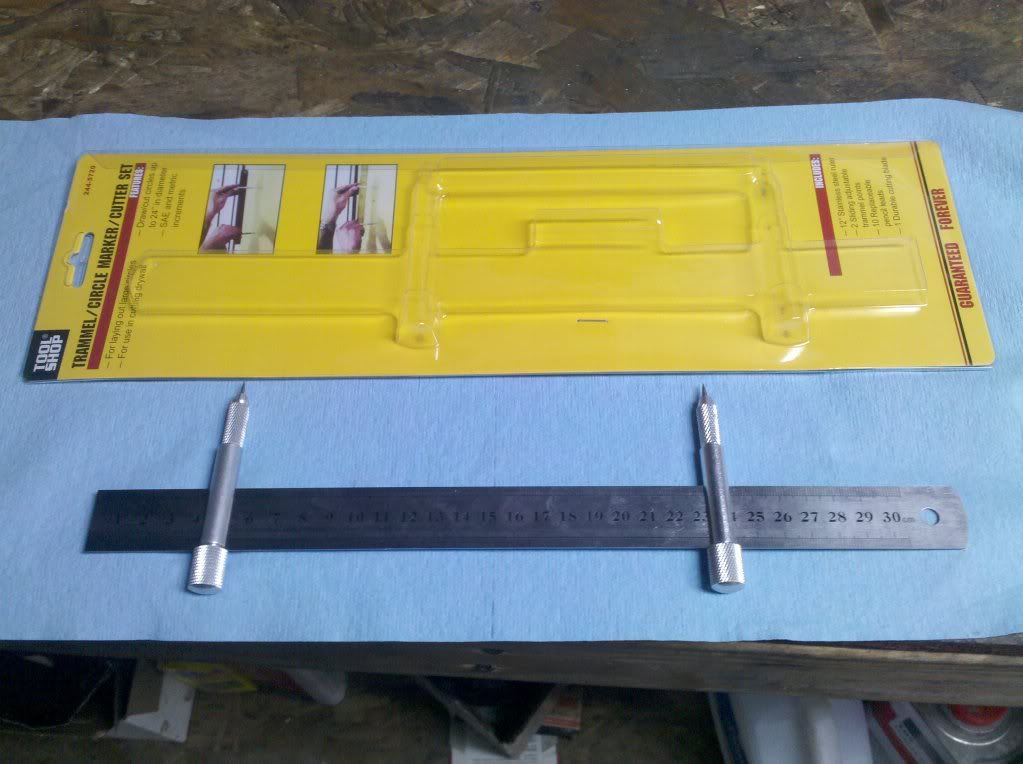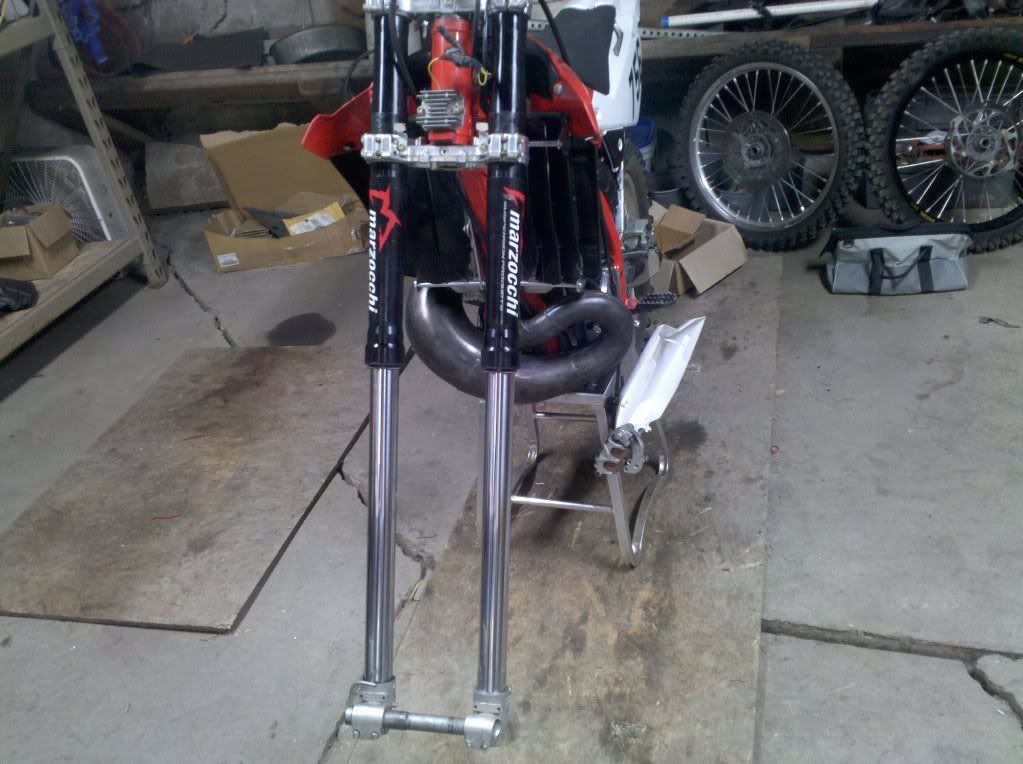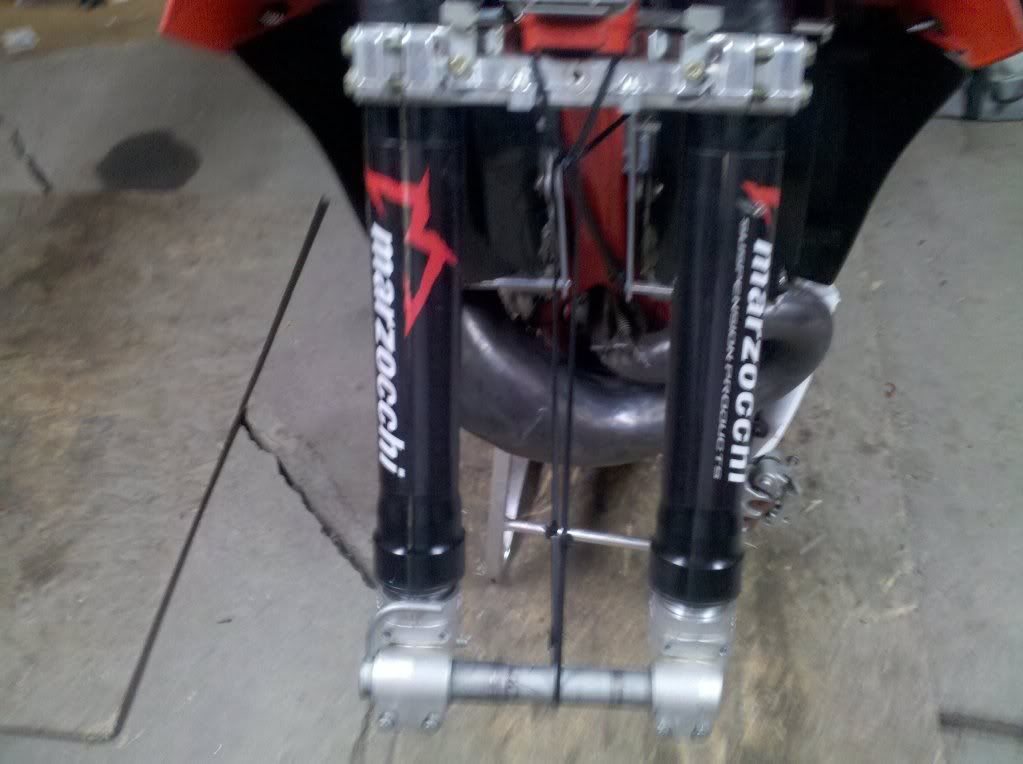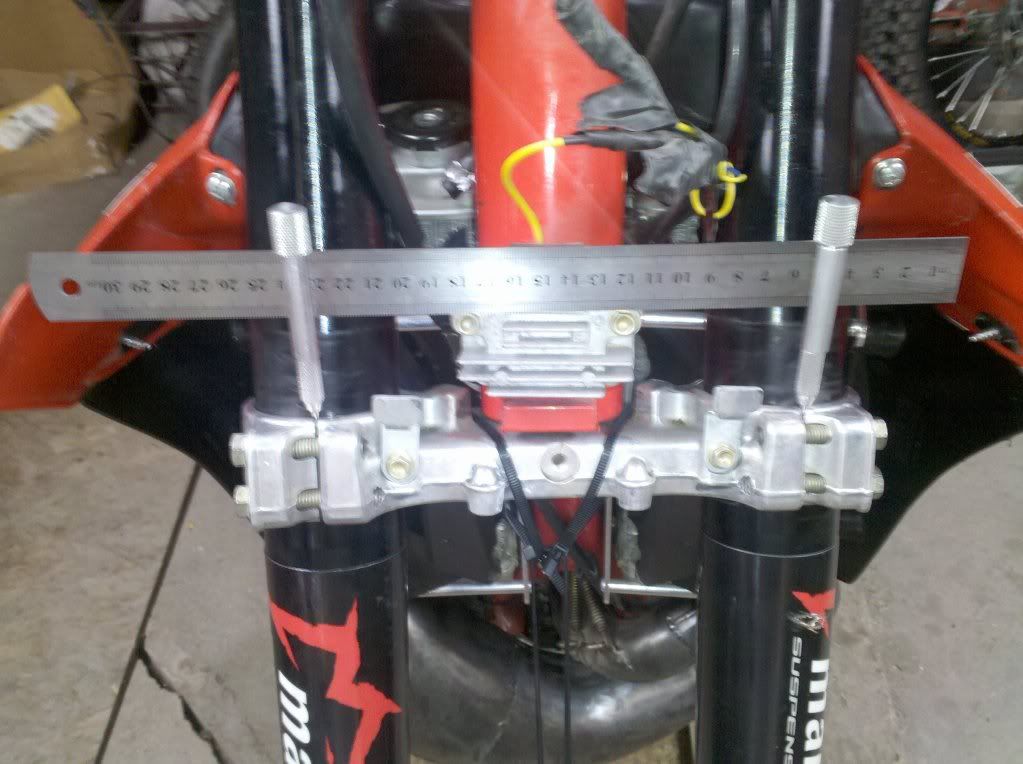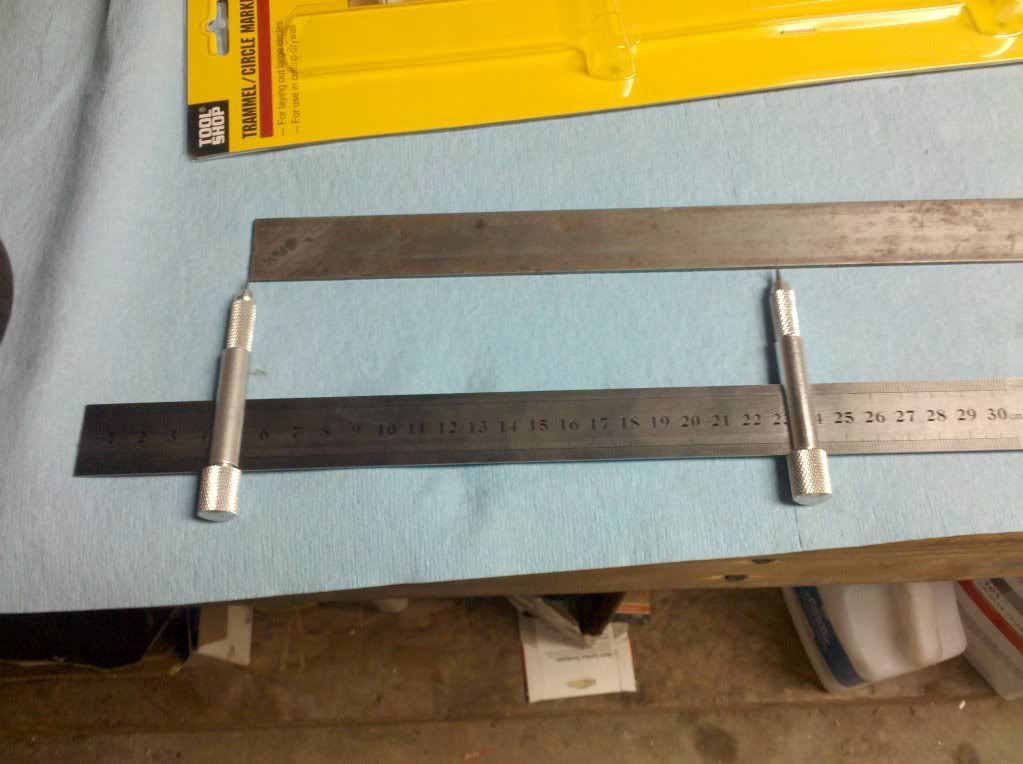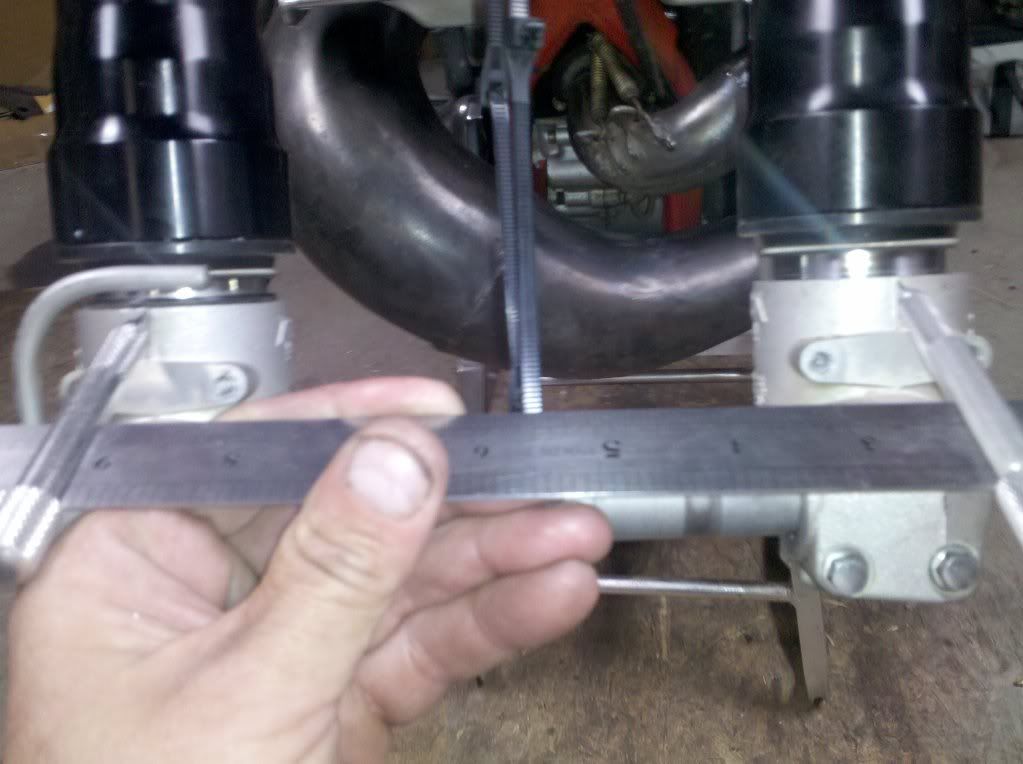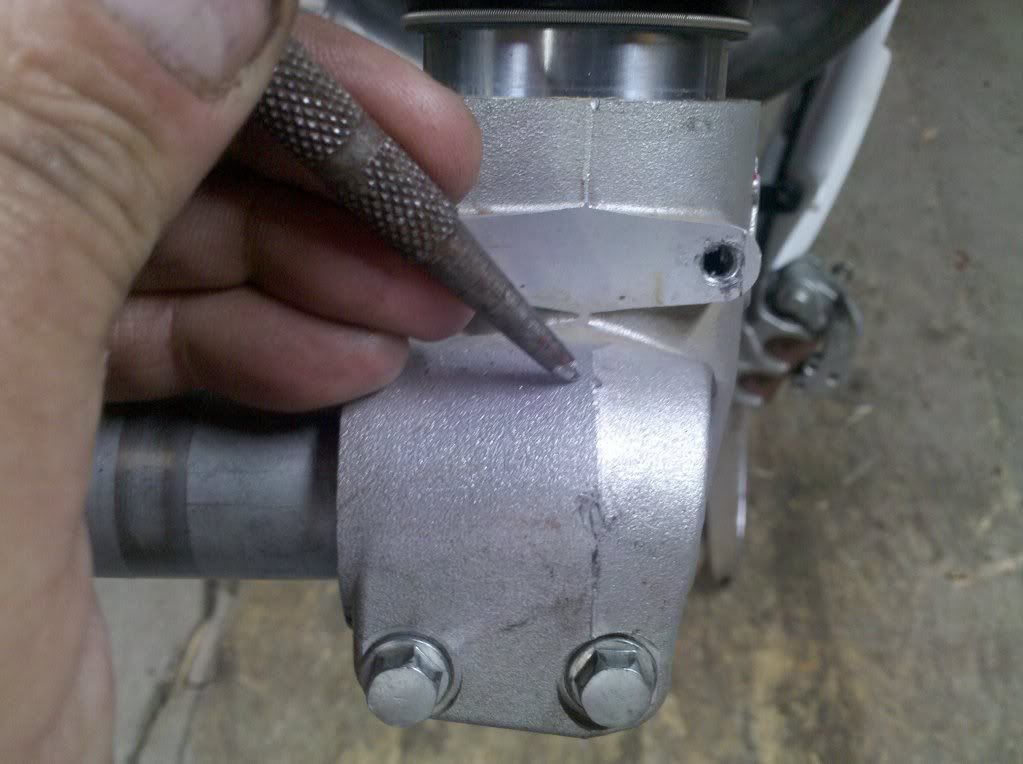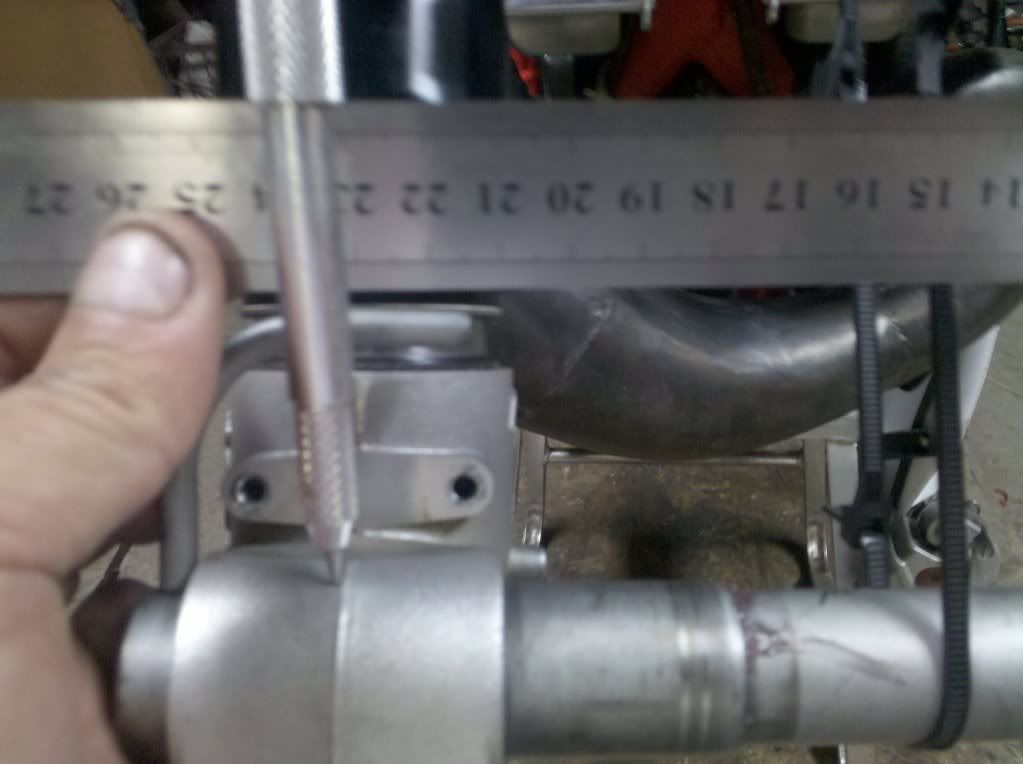dartyppyt
Husqvarna
Pro Class
Do we have room up by common topics to have a section called tinker tips?
These are tips people have done to save money, get you out of a pinch, prevent breakdowns and very informative.
Example: you order the longer Seal Savers, cut them in half, you now have 2 pairs @ half the price!
Example: You cut a corner off a sandwich bag, snip the corner for the size of your cable housing, duct tape around it tight, now you have a cable lube funnel. I run WD40 thru first and work cable till it flushes out the old grey stuff/dirt out the cable until it comes out clear. Then I put in my cable lube, till it runs out the bottom? I know a lot of you guys know this but just an example!
Would be nice with pictures for reference, as well.
Coffee, possible?
What do you other members think?
Thanx
Darin (ps: that is not my real pic)
These are tips people have done to save money, get you out of a pinch, prevent breakdowns and very informative.
Example: you order the longer Seal Savers, cut them in half, you now have 2 pairs @ half the price!
Example: You cut a corner off a sandwich bag, snip the corner for the size of your cable housing, duct tape around it tight, now you have a cable lube funnel. I run WD40 thru first and work cable till it flushes out the old grey stuff/dirt out the cable until it comes out clear. Then I put in my cable lube, till it runs out the bottom? I know a lot of you guys know this but just an example!
Would be nice with pictures for reference, as well.
Coffee, possible?
What do you other members think?
Thanx
Darin (ps: that is not my real pic)





